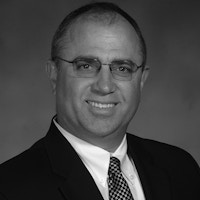Skin-Deep Renovation: The Challenge of New York City’s Tall Curtainwall Building Renewal
- Session at Facade Tectonics Forum: NYC
Buildings generate a whopping 80% of New York City’s carbon emissions. The City’s Climate Mobilization Act mandates a 40% reduction in these emissions by 2030—a mere decade from now—and an 80% reduction by 2050, for all existing buildings over 25,000 square feet. The plan suggests these reductions will be achieved through building upgrades including “new windows and insulation.” Upgrading window and wall systems in a pre-war masonry structure with punched windows is one thing; similar interventions on the City’s considerable stock of mid-century tall curtainwall buildings is quite another. This vintage building stock is characterized by a considerable diversity of material and system types in one-off applications; the emerging curtainwall technology of the period was essentially experimental. Never great energy performers, many are in desperate need of facade upgrades but cost and disruption to ongoing building operations continue to act as deterrents to scalable solutions. Experts representing varied stakeholders in the facade renovation process explore with us the opportunities and challenges presented by skin-deep renovations of this building type.
- What are the opportunities and challenges presented by facade upgrades of vintage tall curtainwall buildings?
- What are the predominant motivations behind facade renovation of this building type: performance, aesthetics, modernization and branding, others?
- What are the strategic options in building facade renovations? Is complete facade system replacement a sustainable option? Are partial facade renovations practicable?
- How does the delivery process for facade renovations differ from that of new building construction?
- What other special considerations are relevant to a facade system renovation program for these early tall curtainwall buildings?



